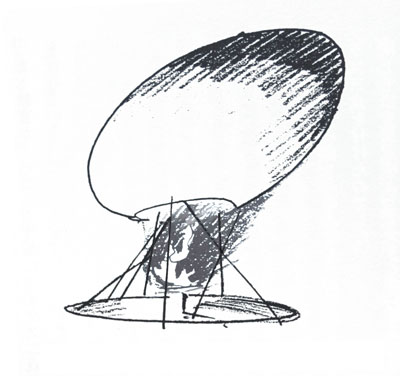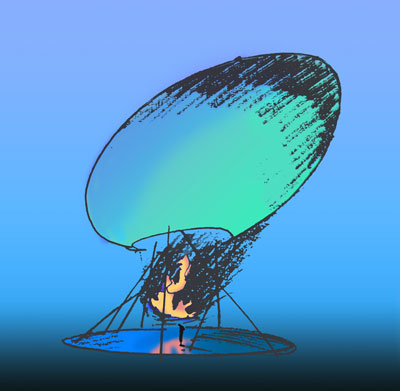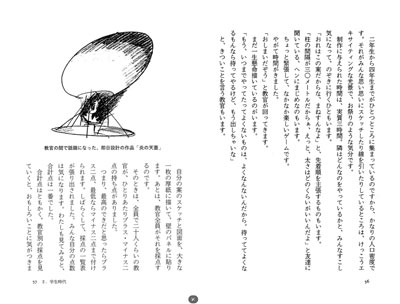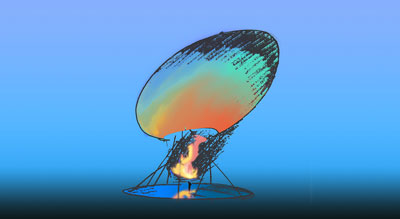Very early works
Cupola of Flame1971



https://makoto-architect.com/book_ken2_all

This is a rough draft of the torch stand for the 2024 Paris Olympics --- It is not.
It is a proposal for a One-day design Assignment that the author made more than half a century ago, in 1971, during the sophomore year as a university undergraduate.
The “One-day design” was an exercise class in which students worked on the design of an assigned project on the same day (three hours, in fact).
All students, from sophomores to seniors, participated in the class, regardless of their grade.
Almost all the instructors of the Department of Architecture evaluated the entries on the basis of each student's score plus or minus one point, and the total score was used to announce the ranking of the entries.
The assignment at that time was to design a temporary covered outdoor stage that would be the centerpiece of the event.
Students competed on two fronts: how to find the centrality of the stage space, and how to be creative with the roof's structure and form.
The author (a student) proposed a plot (“concept” in the student's terminology) of “centripetal -> ”flame” and ”tentative -> air membrane”.
Since a mere air membrane would be boring, he proposed “flame -> rising air current -> hot air balloon” with a cupola of thermal levitation with a large opening.
From ancient times, fire has been an integral part of rituals.
Fire concentrates people's “Ki“ (Japanese)=“flow of spiritual power/aura“ as a symbol of purification, rebirth, and power.
The heat from the “Ki“ forms the cupola and makes it float, so he thought it was a good fit for the purpose.
Since it does not require any structural materials, it is easy to set up, take down, and move.
The evaluation of this “work” was the highest among all the students.
(A gold medal was not ready, though)
The story of how it came to be is described in the author’s book “Kentiku-Ka (Architect)” (1992 / p.55).
As a student, the author would never have thought that 53 years later, in Paris, he would meet the “relatives” (or so) of his work.

